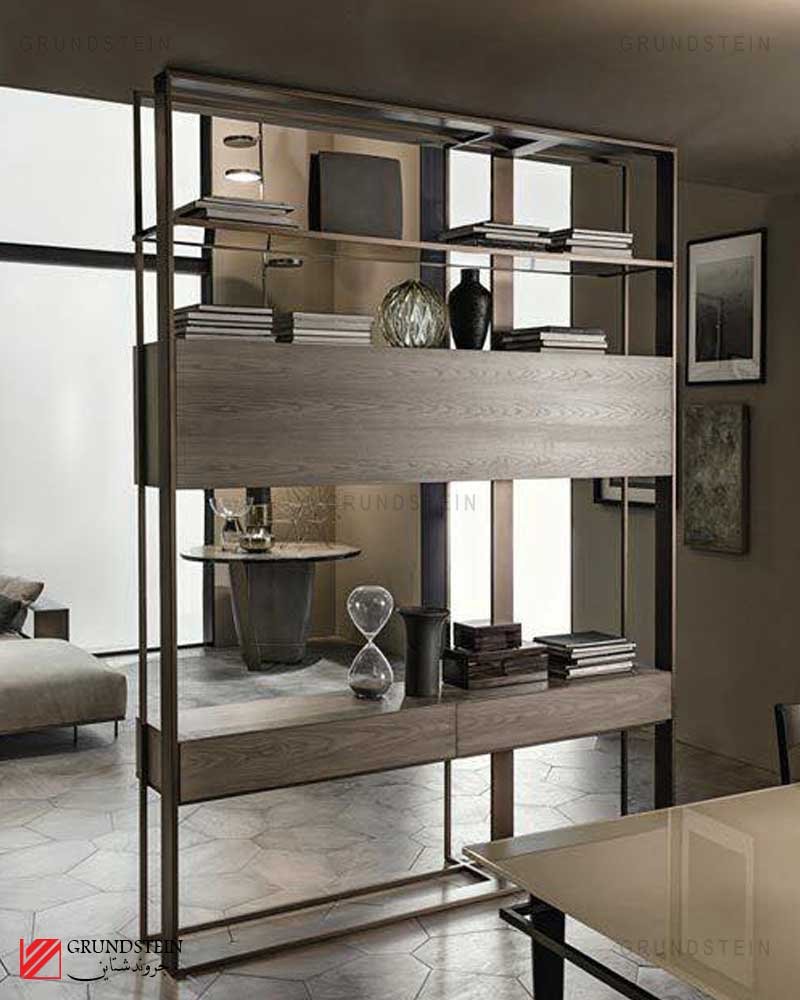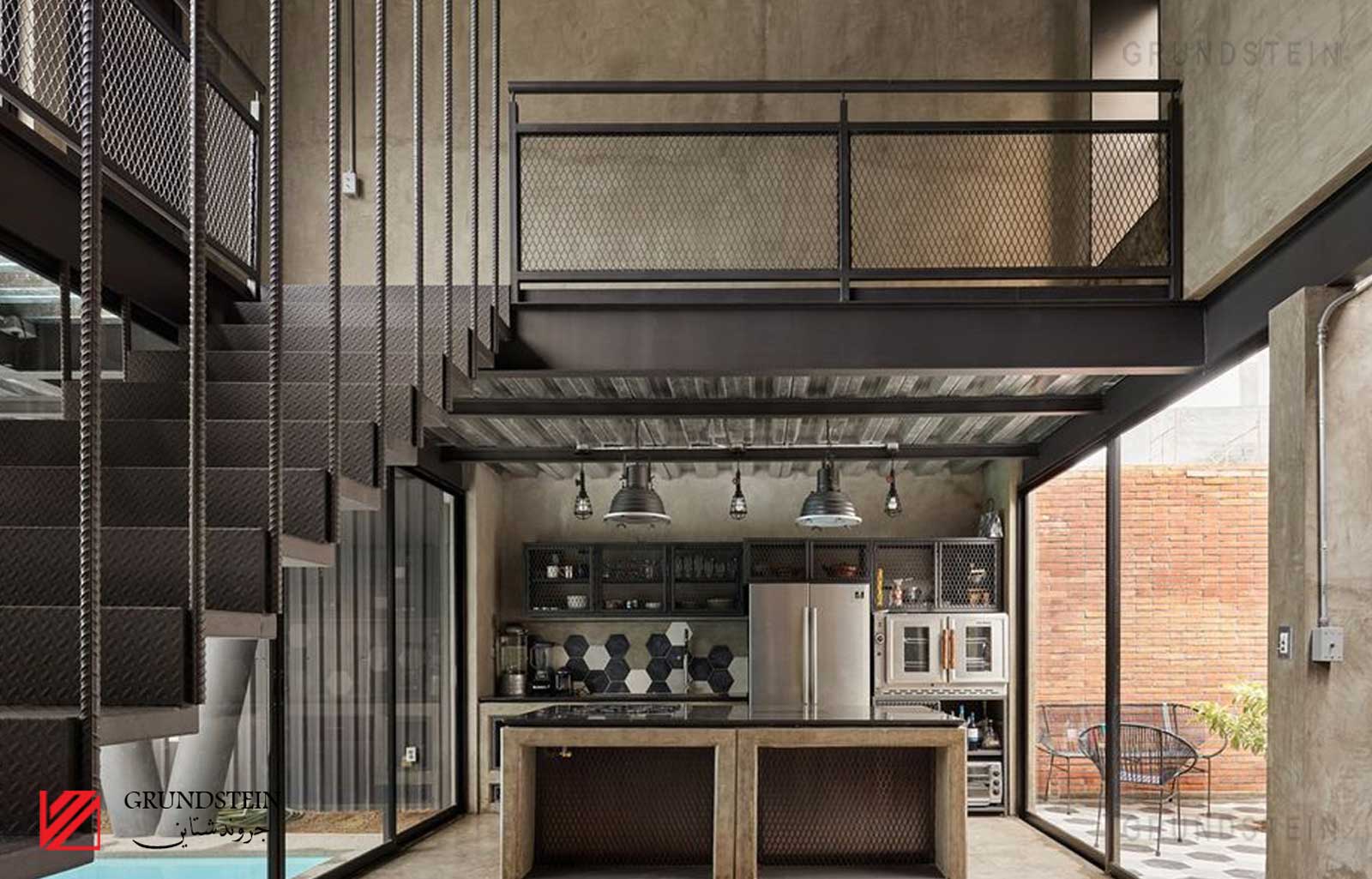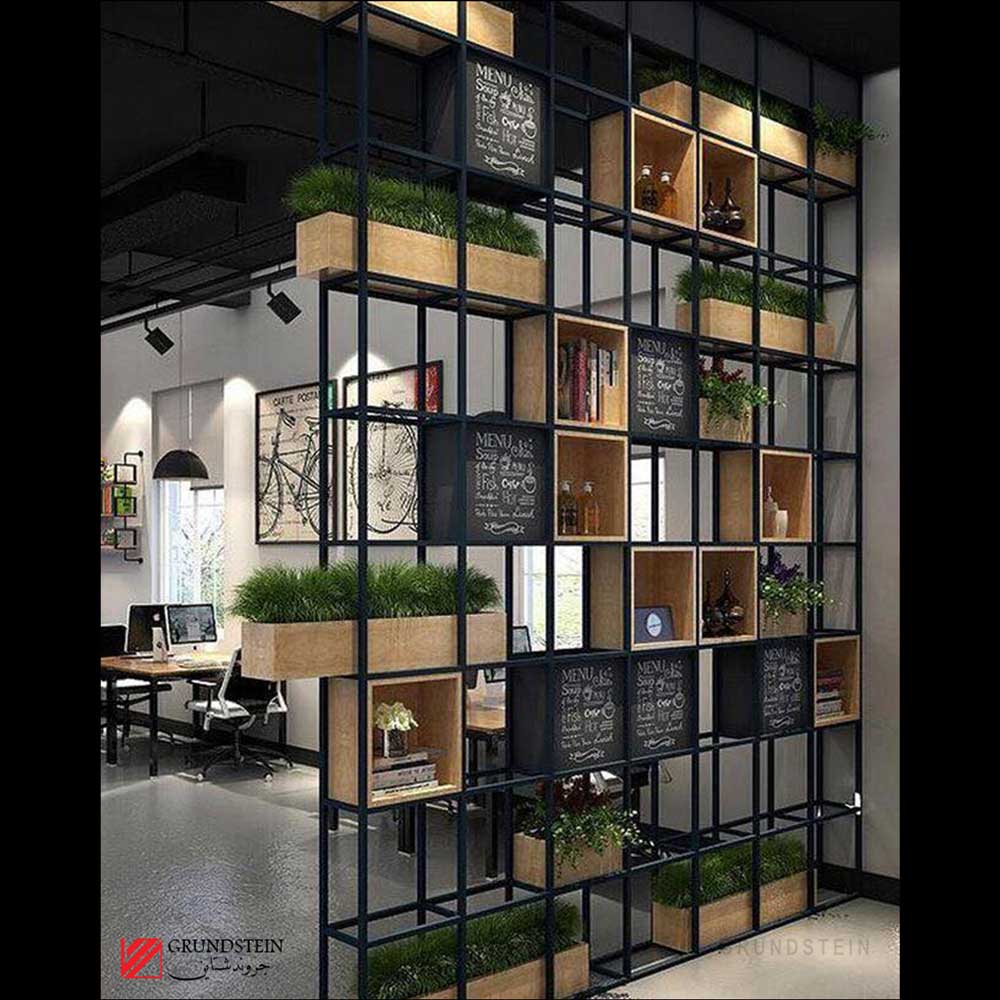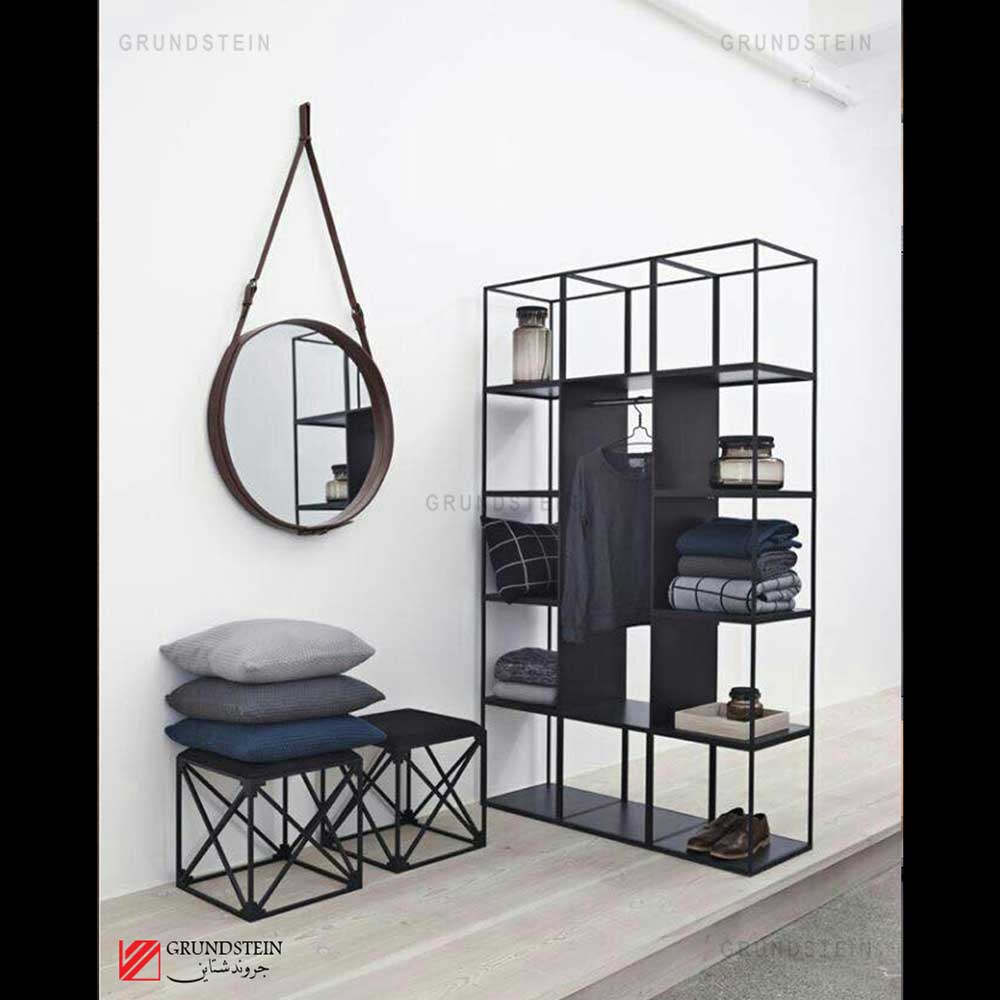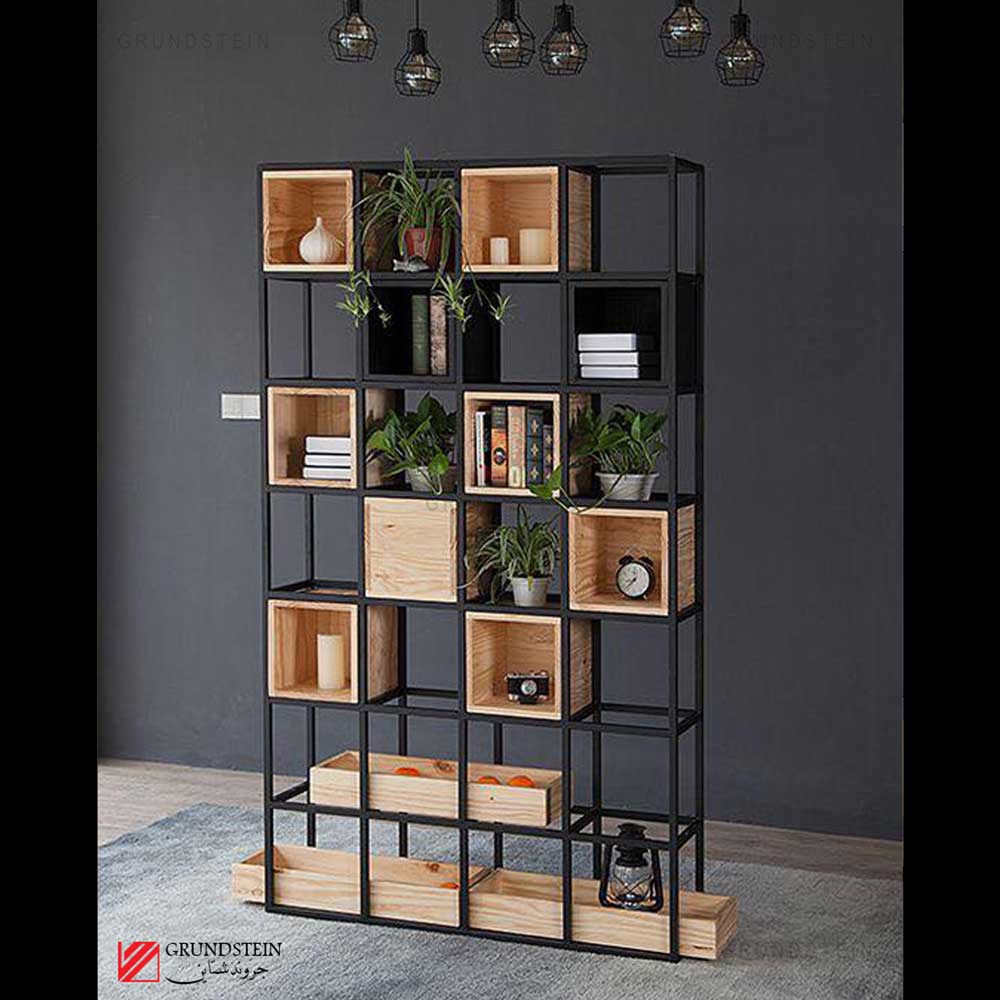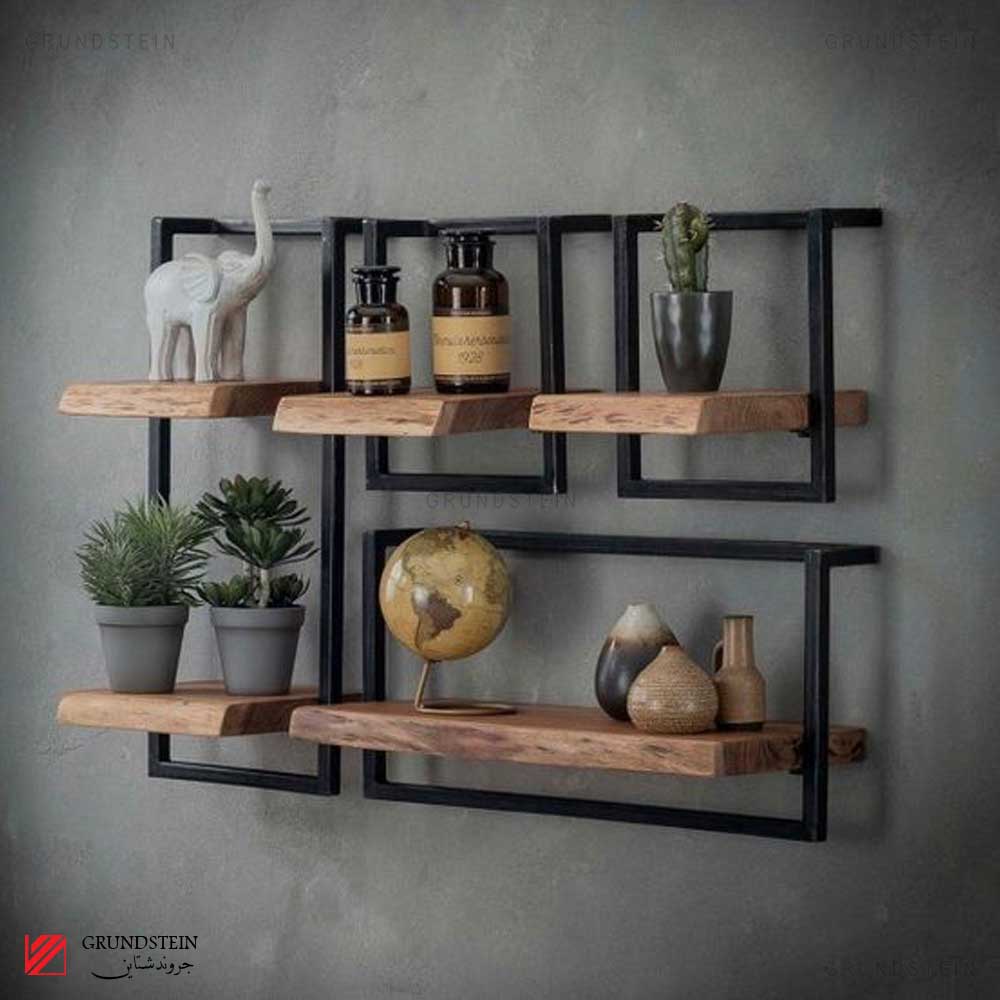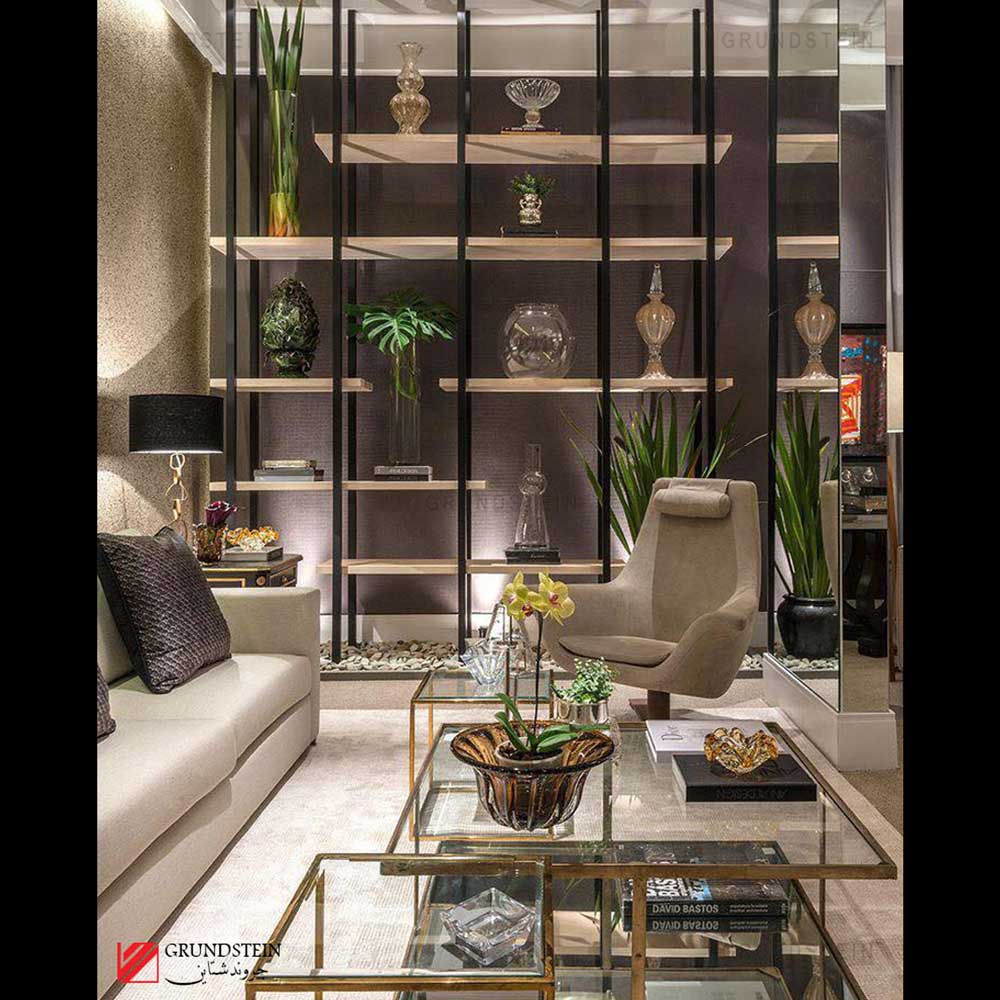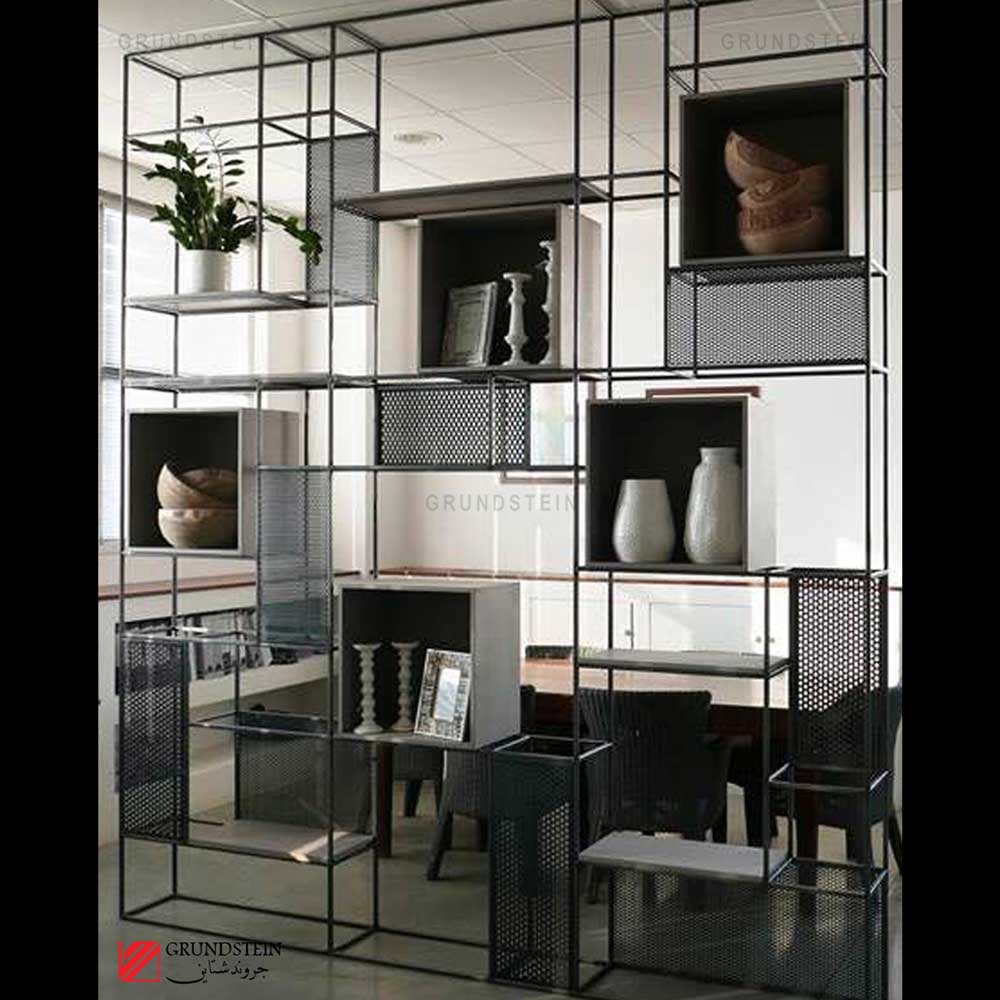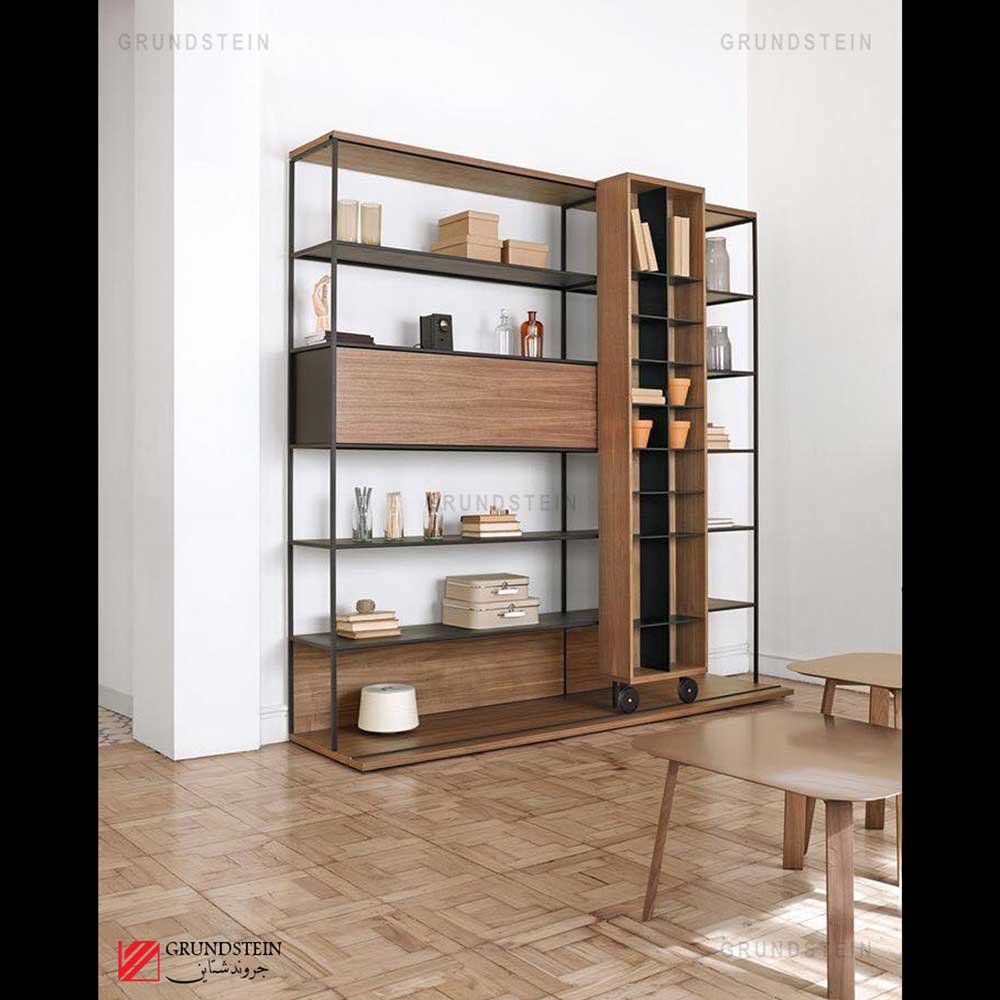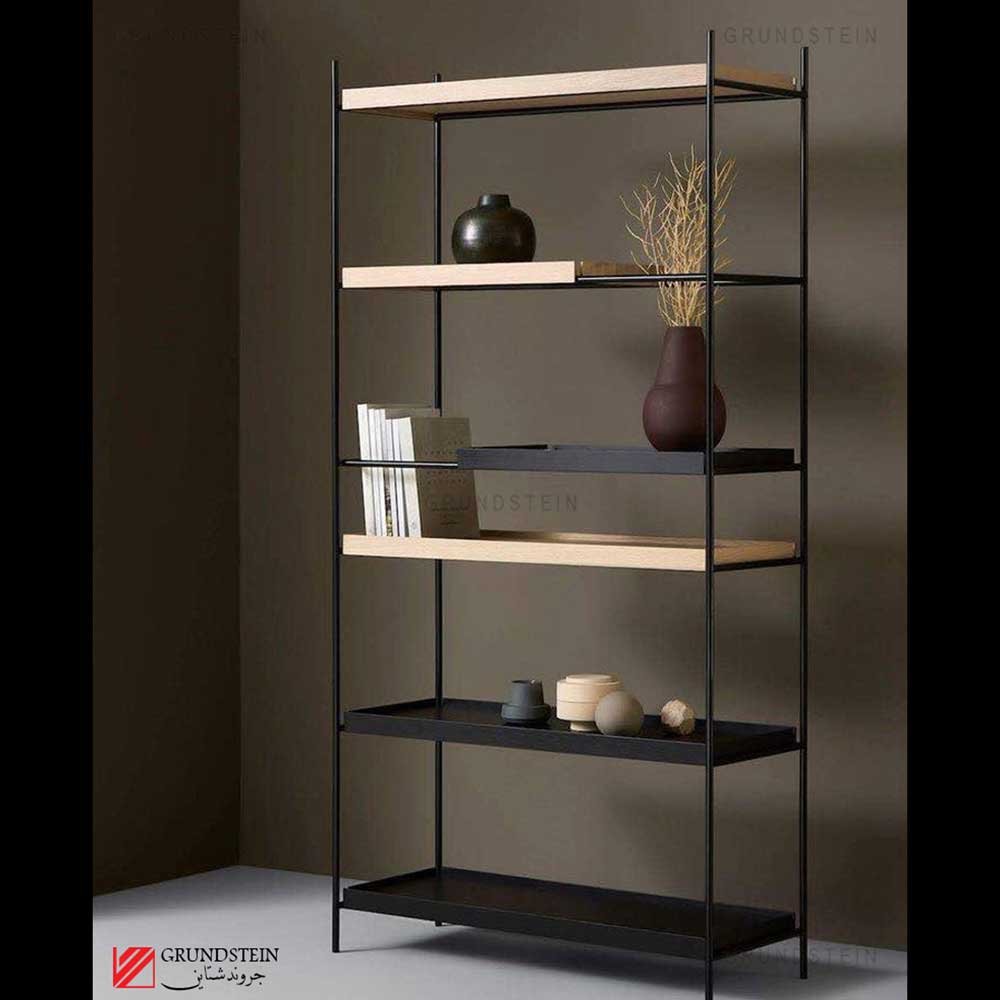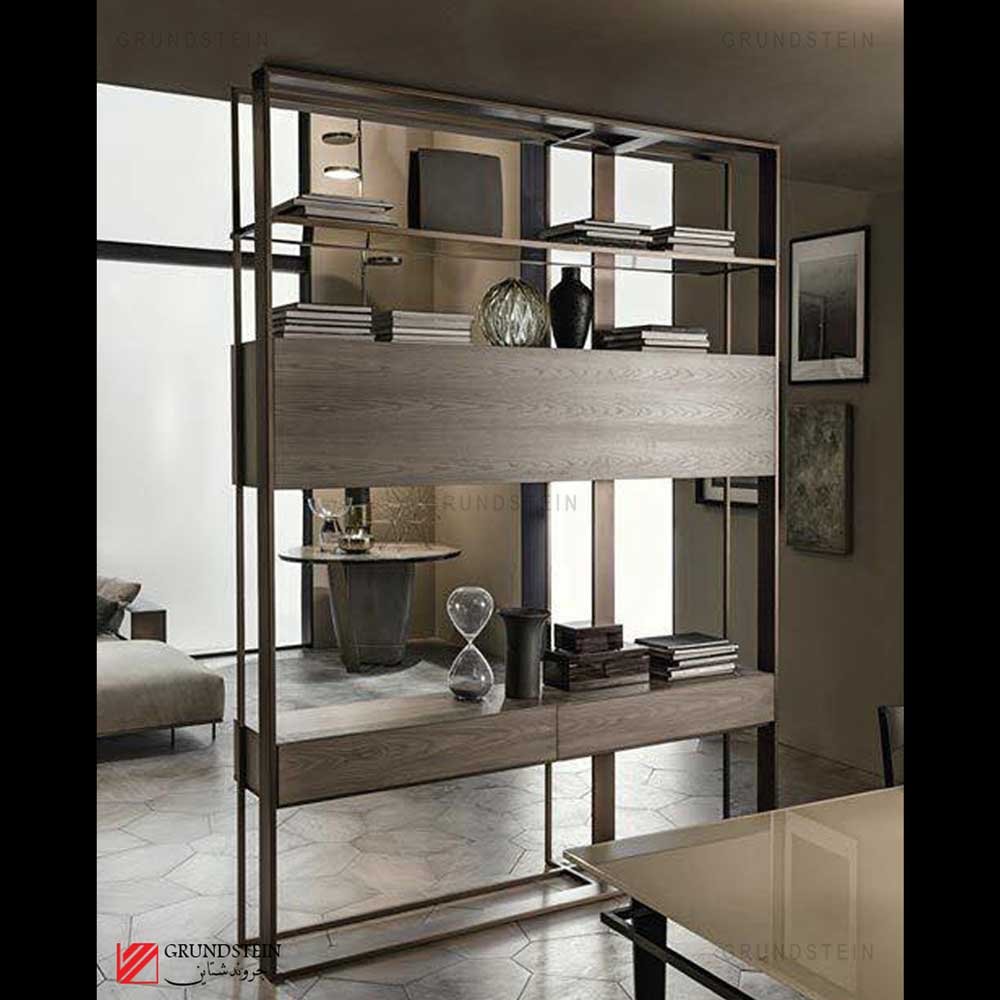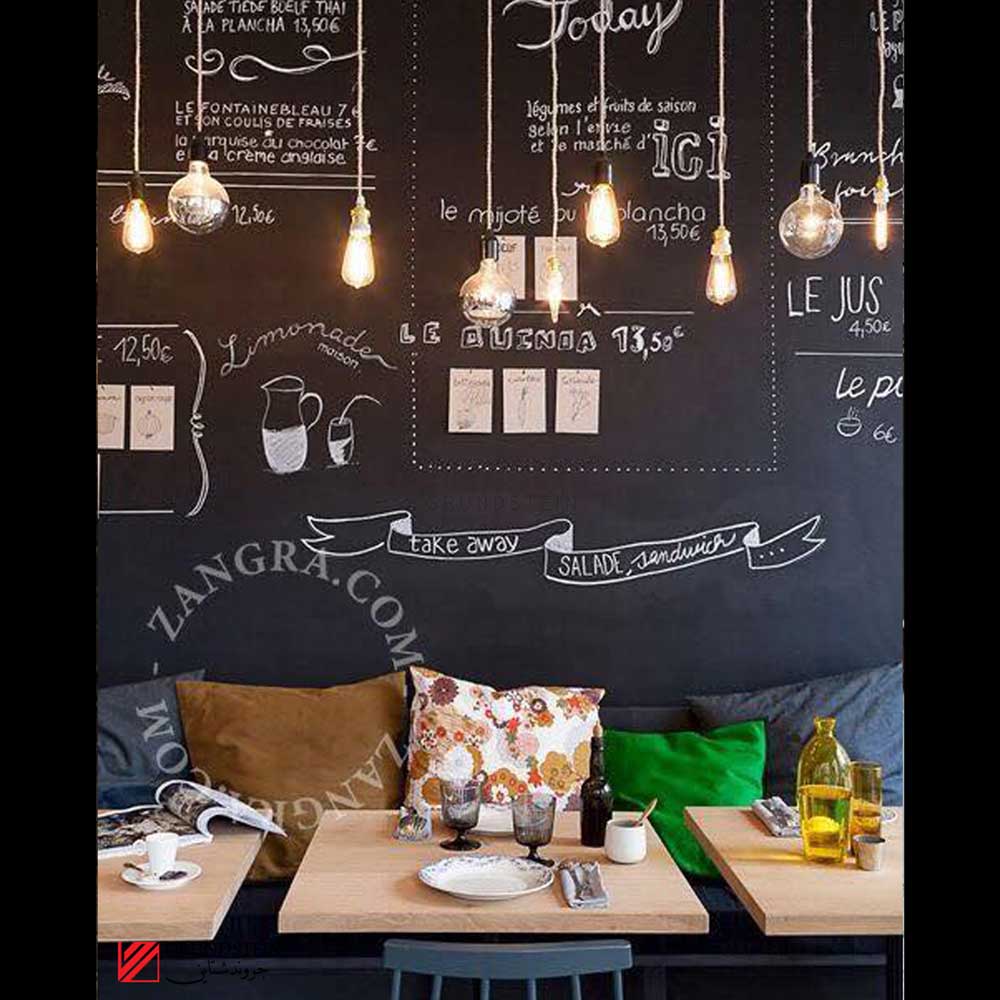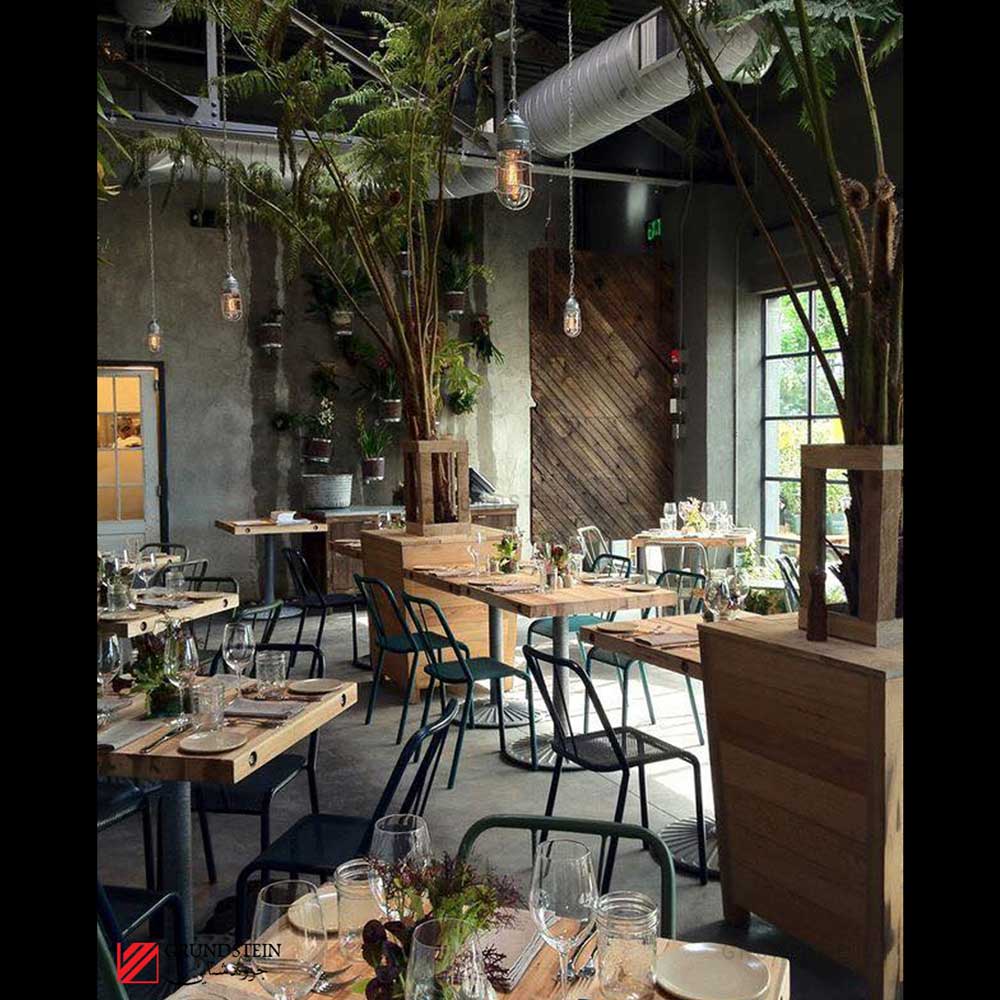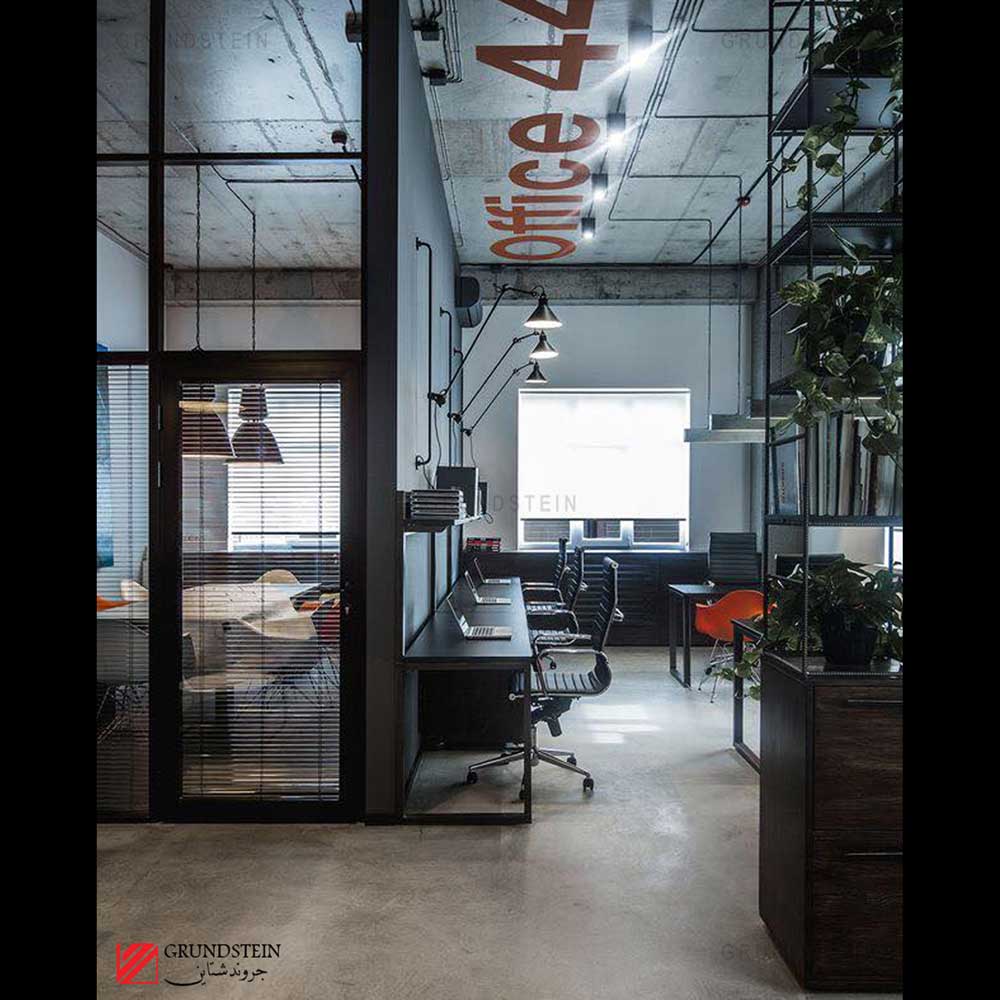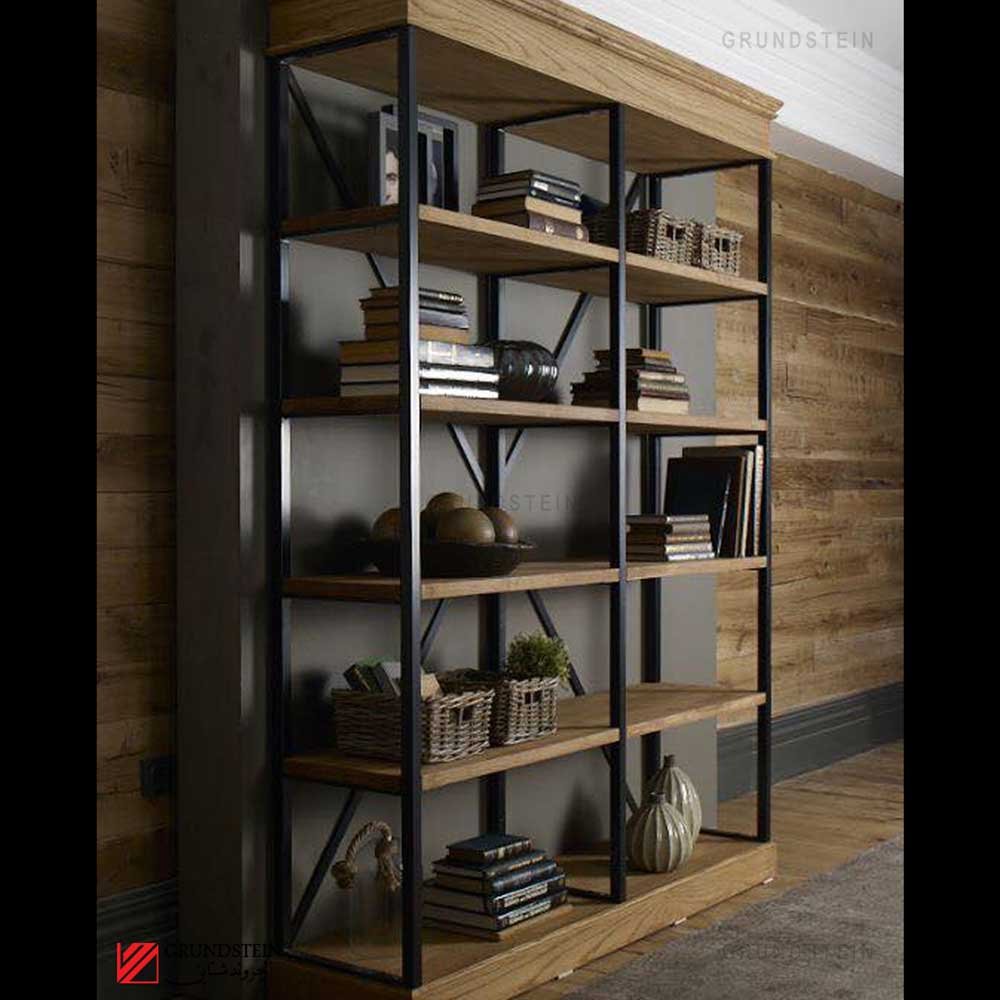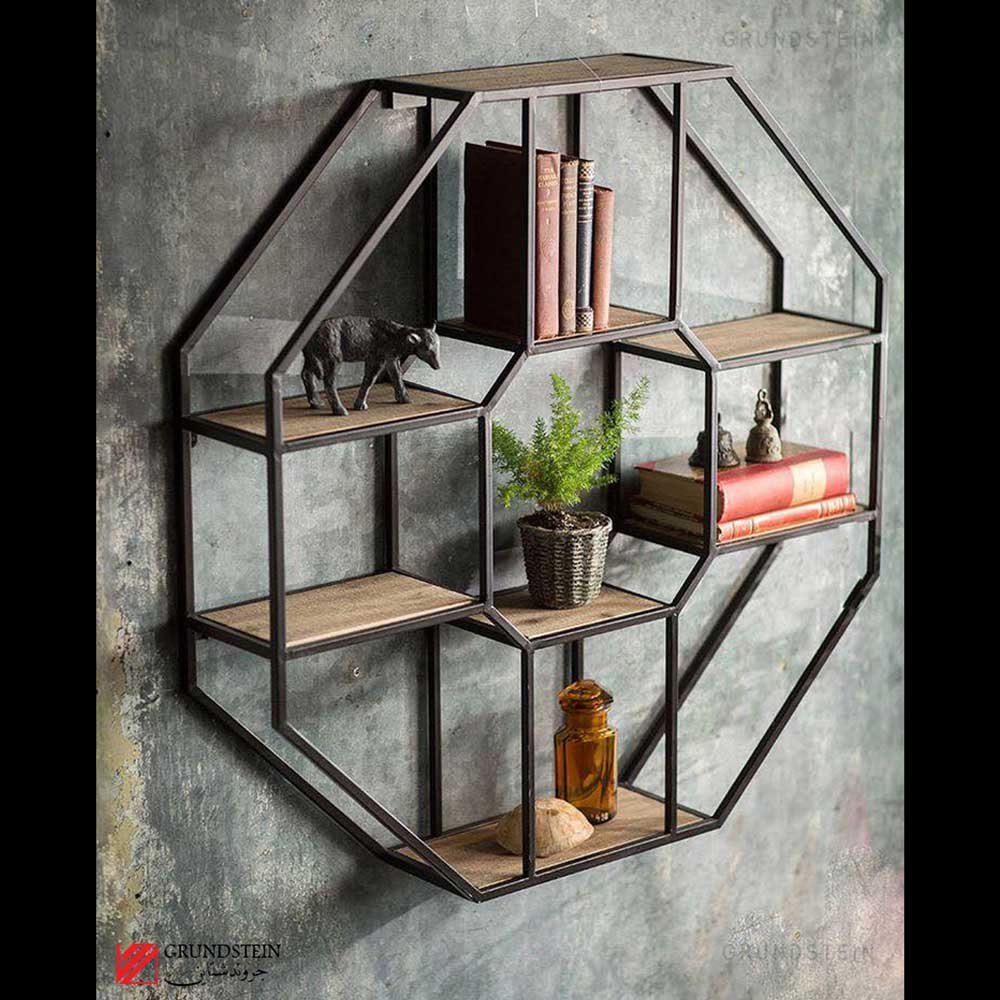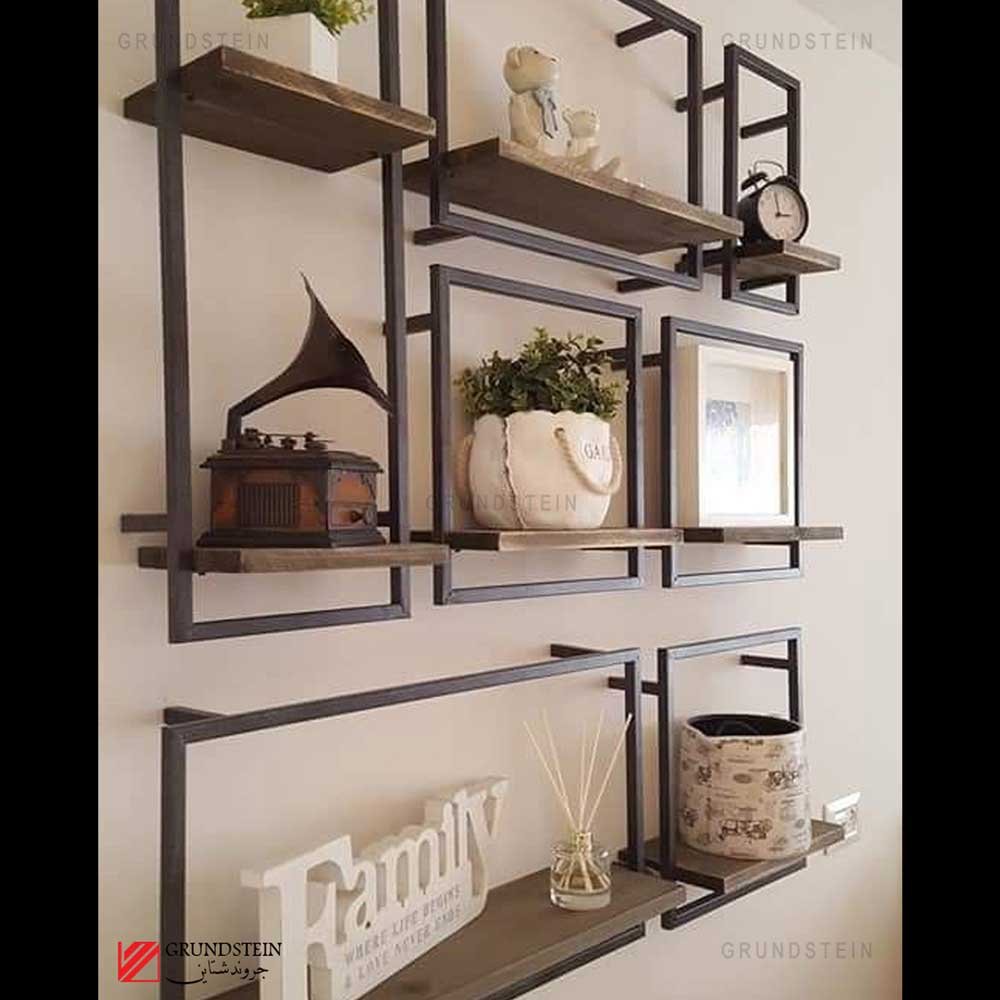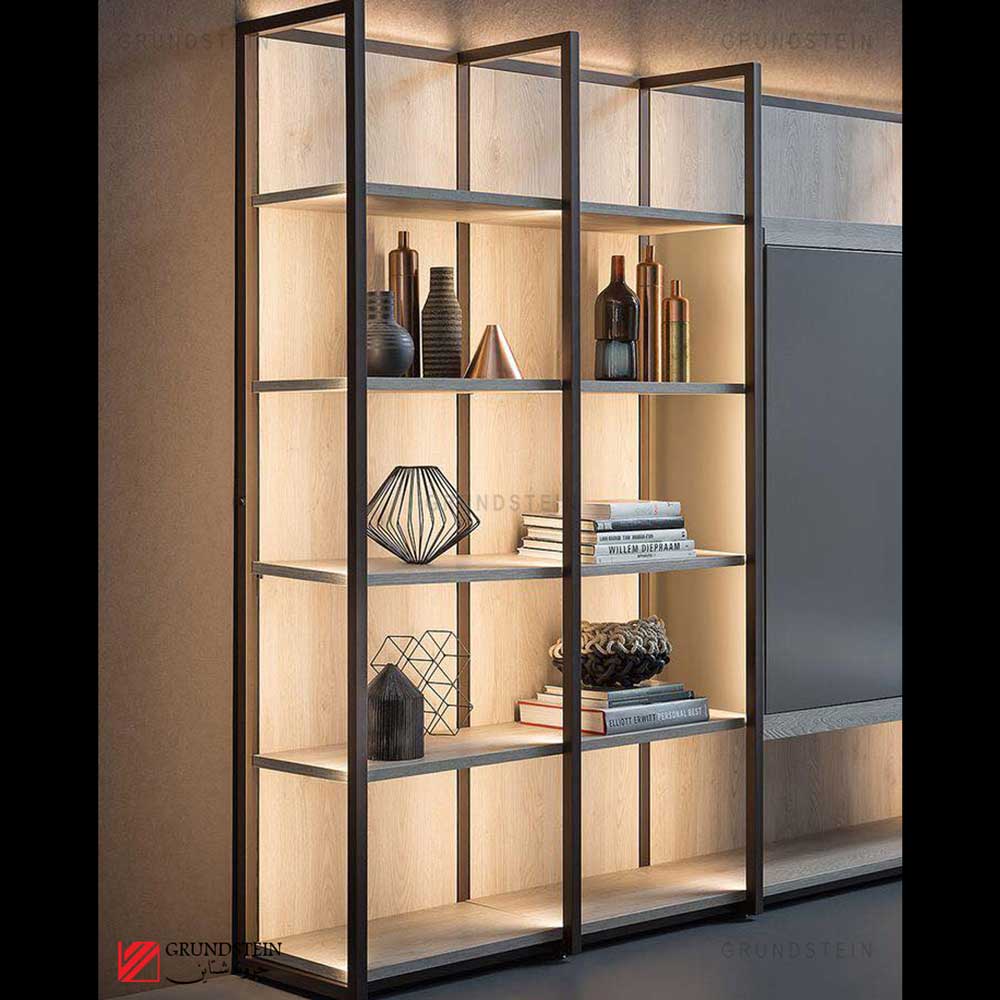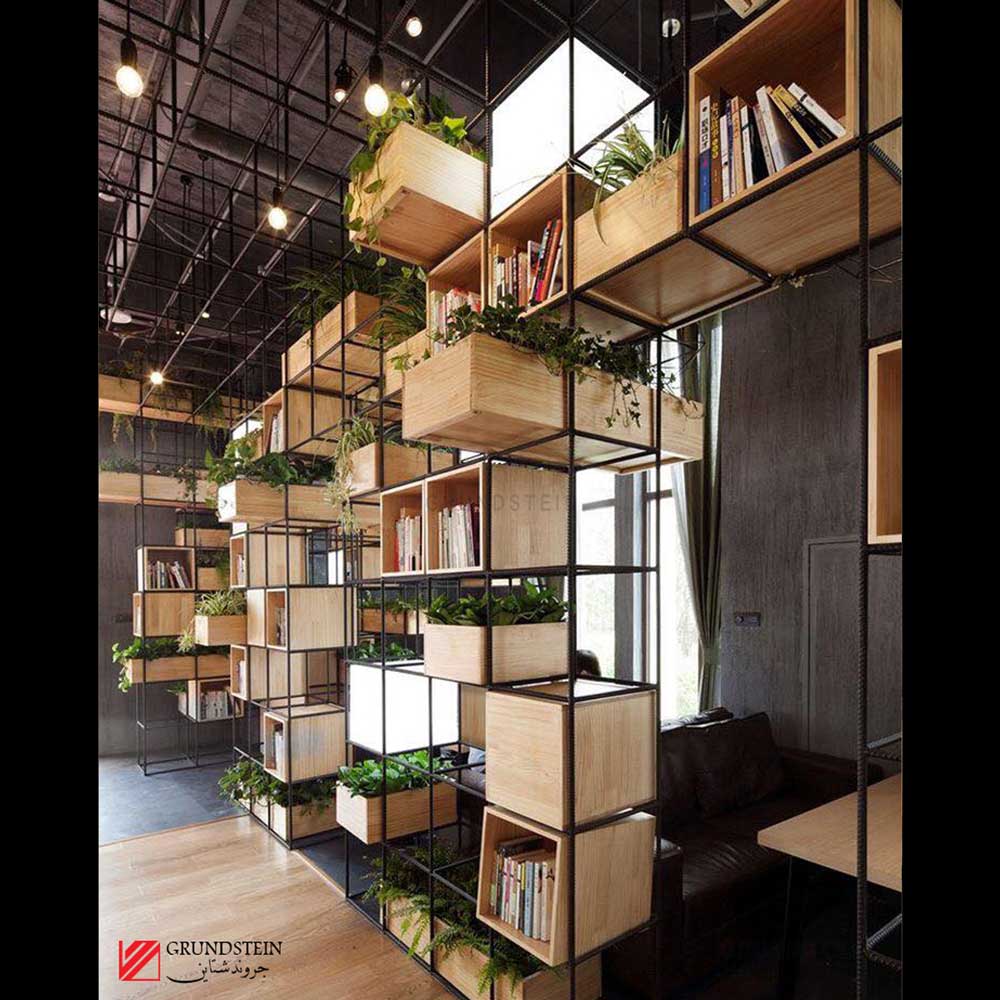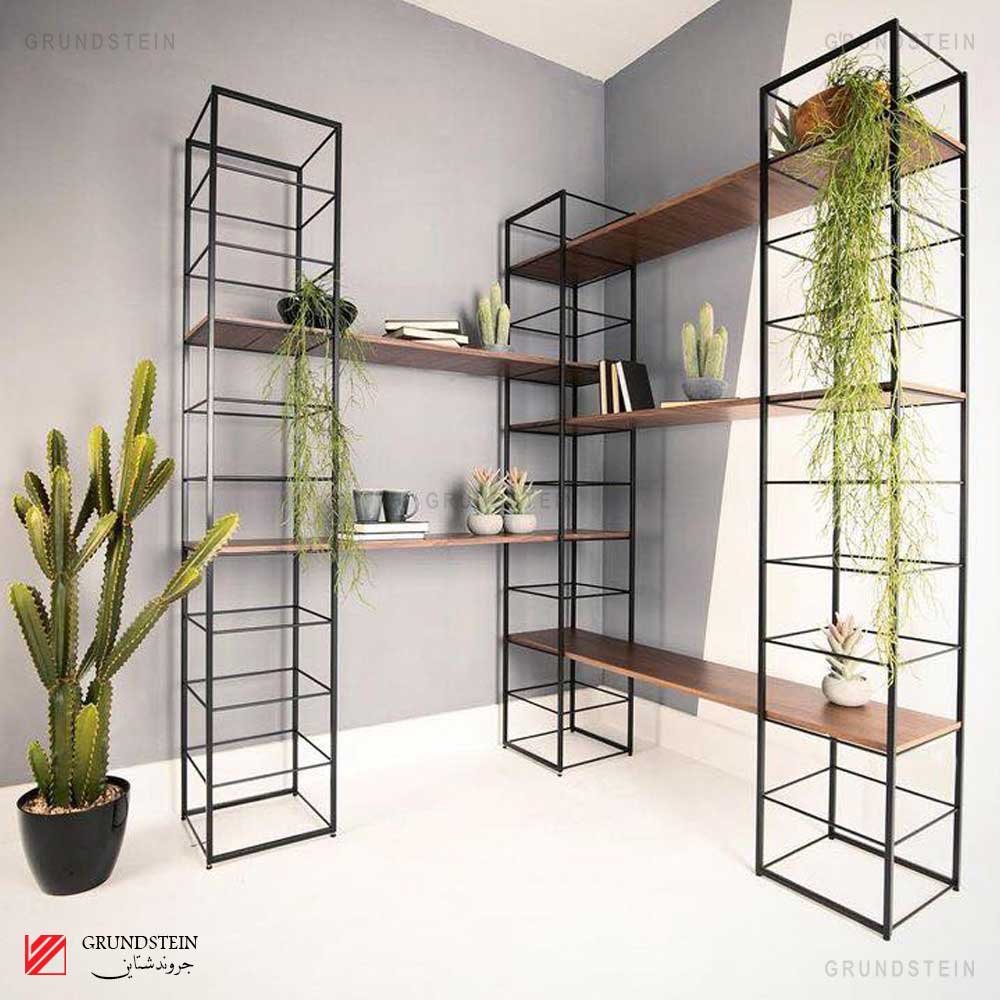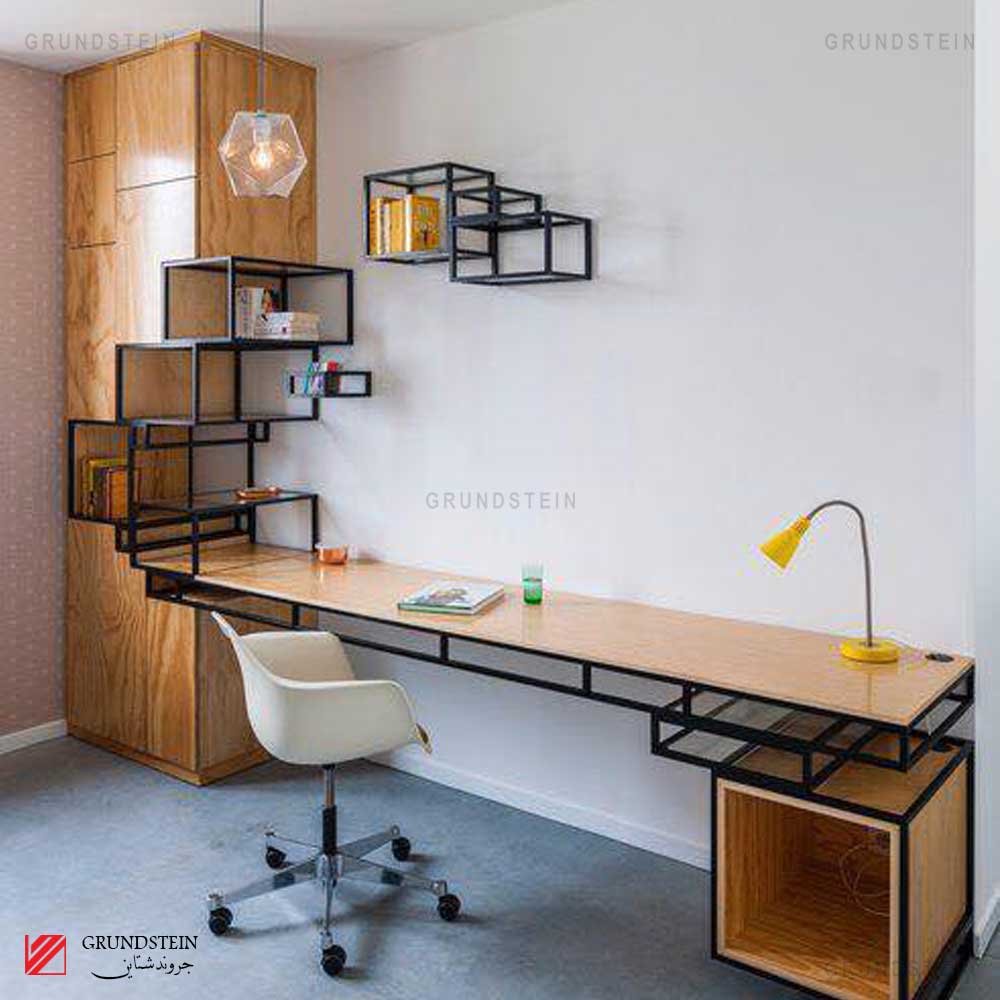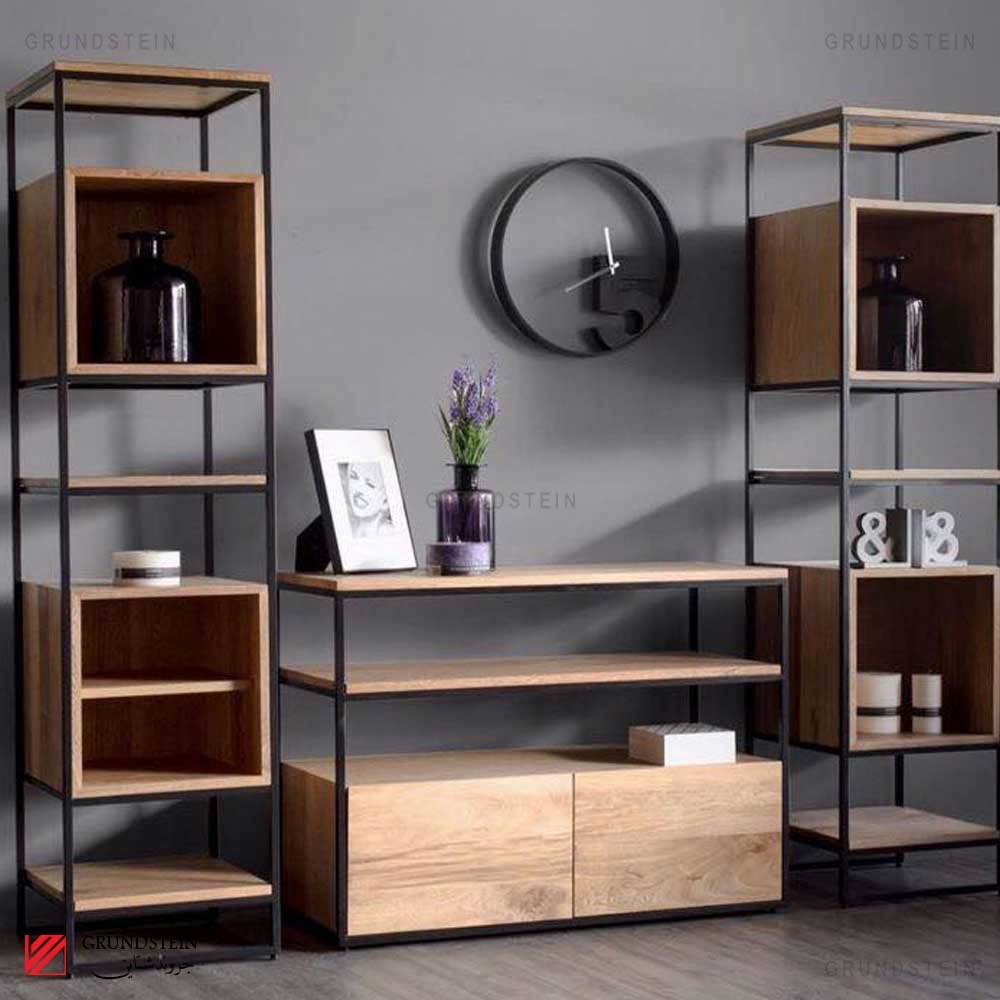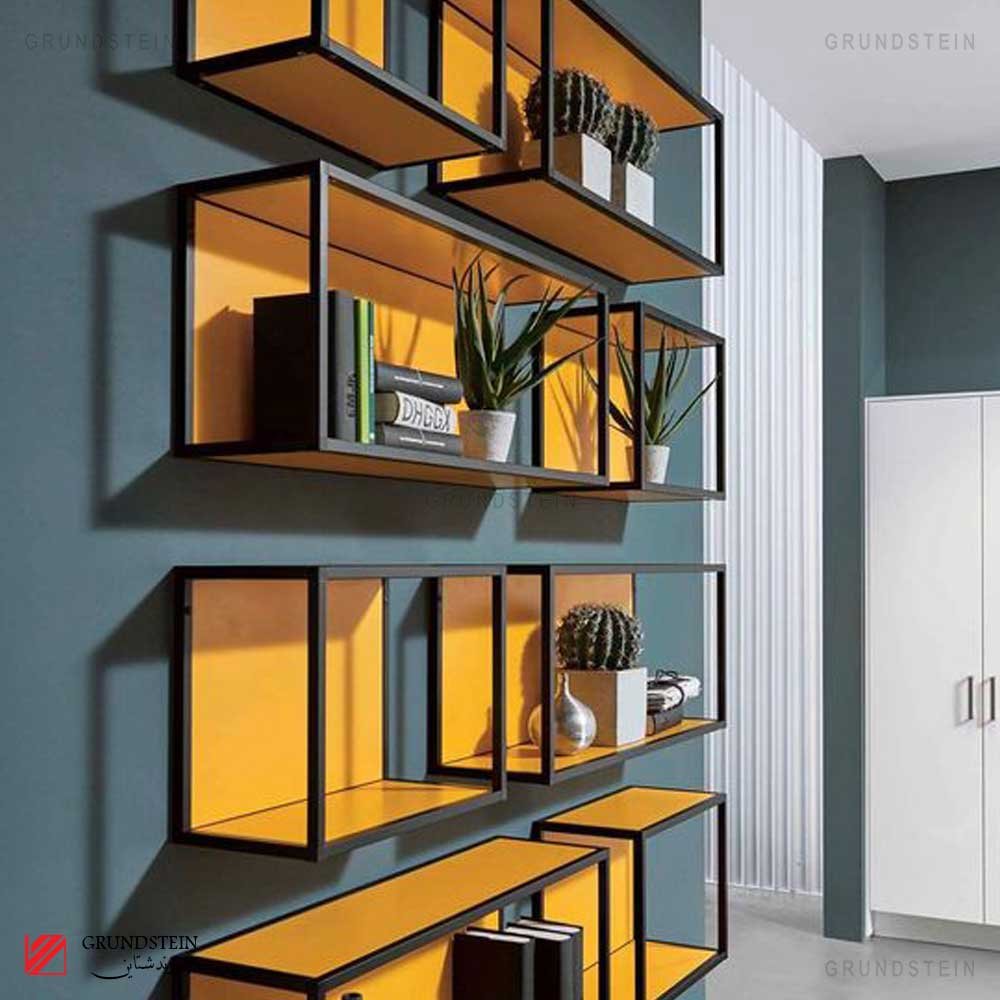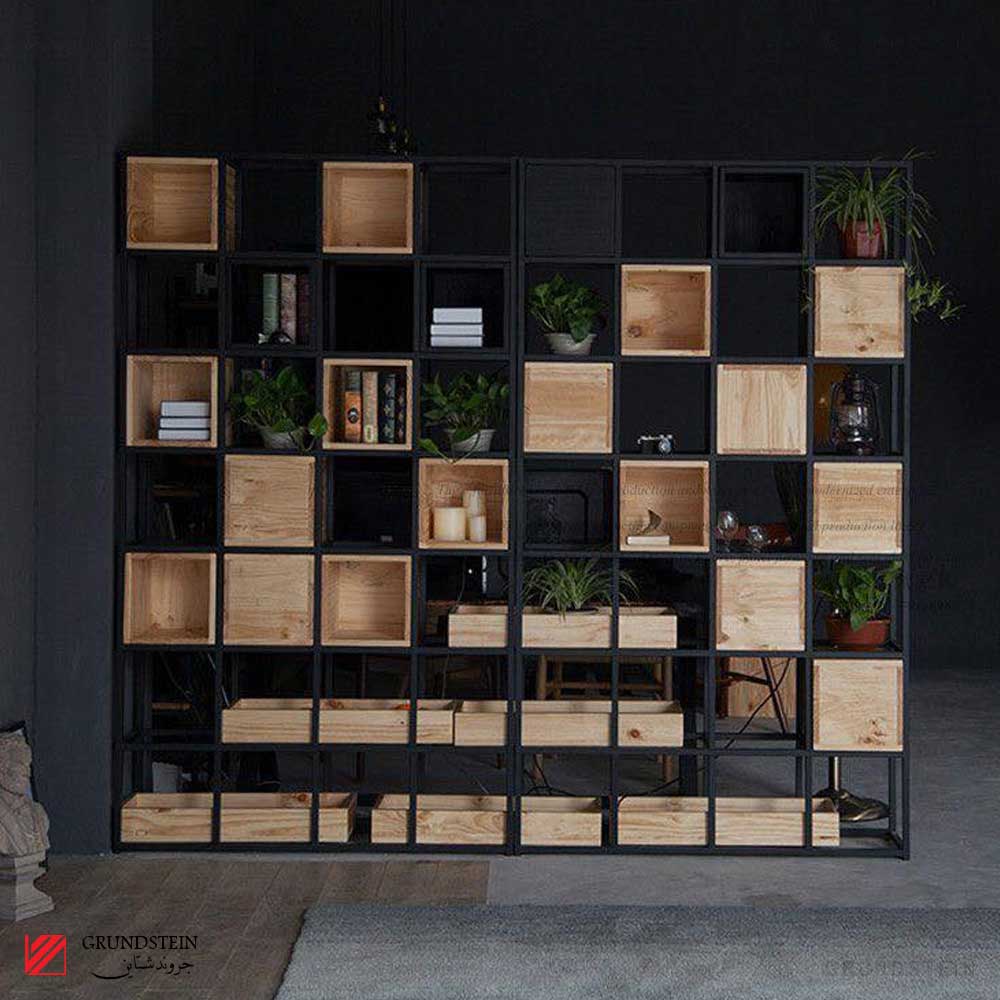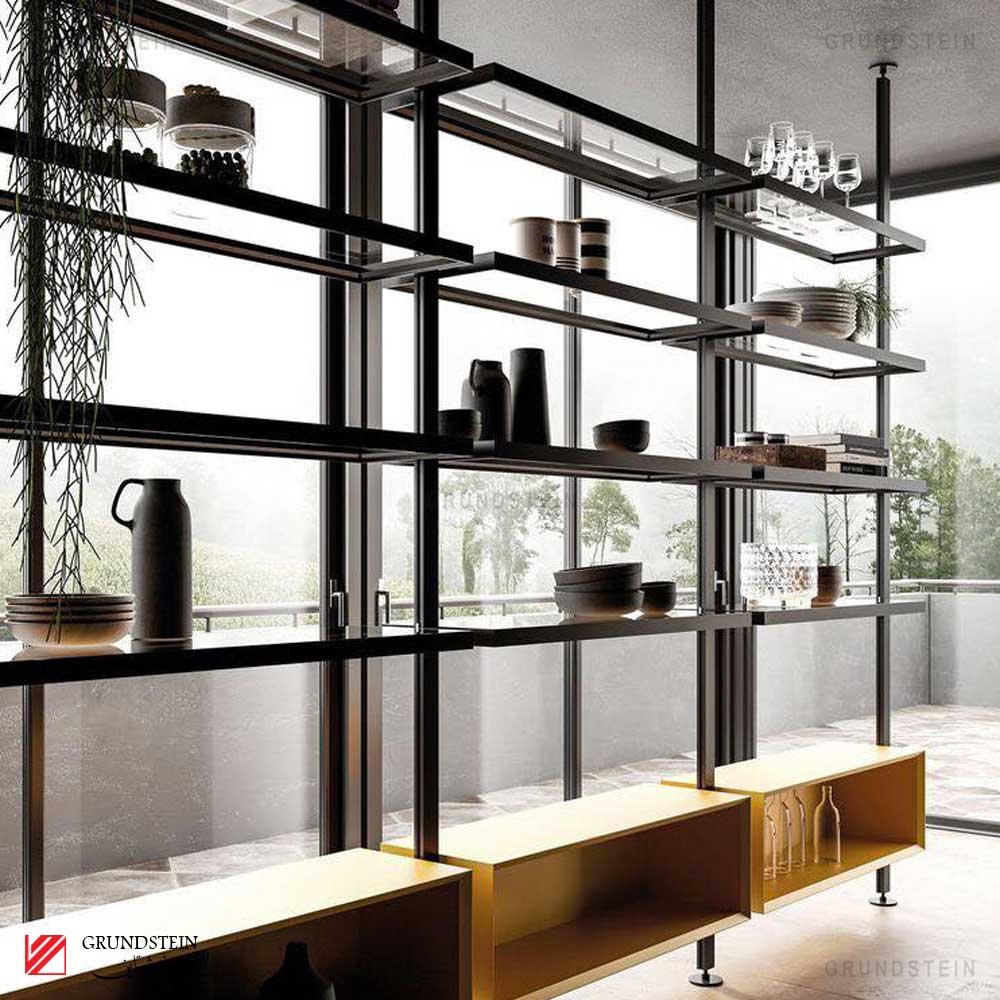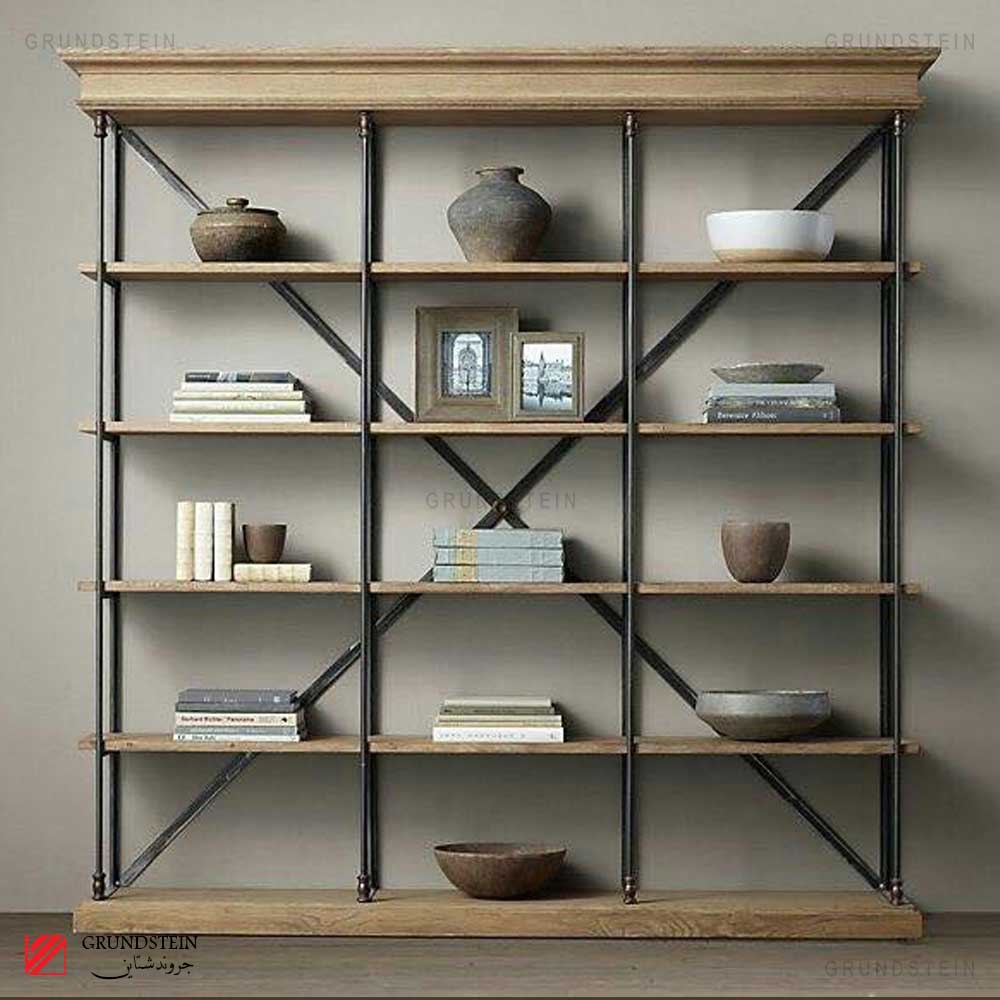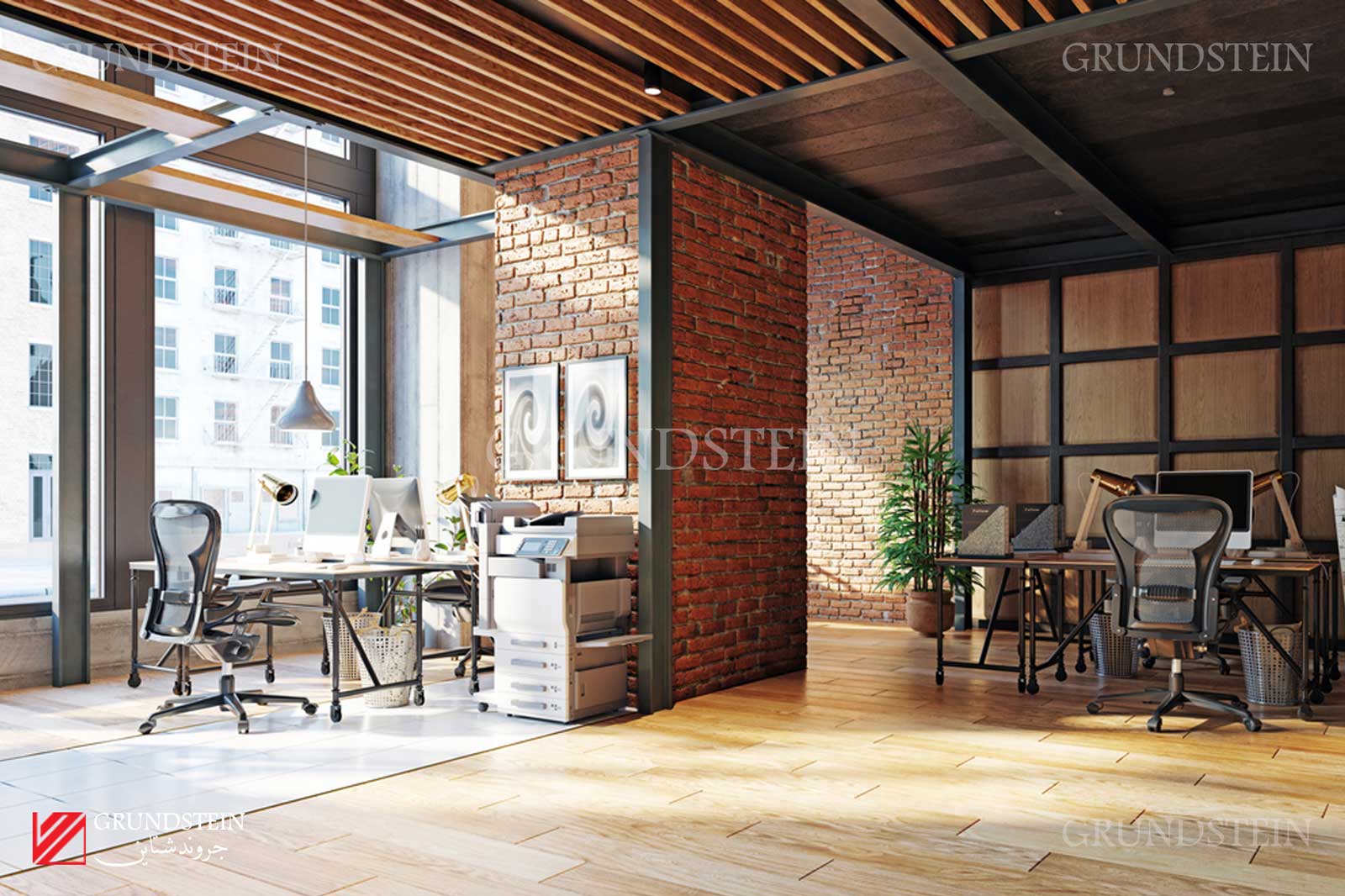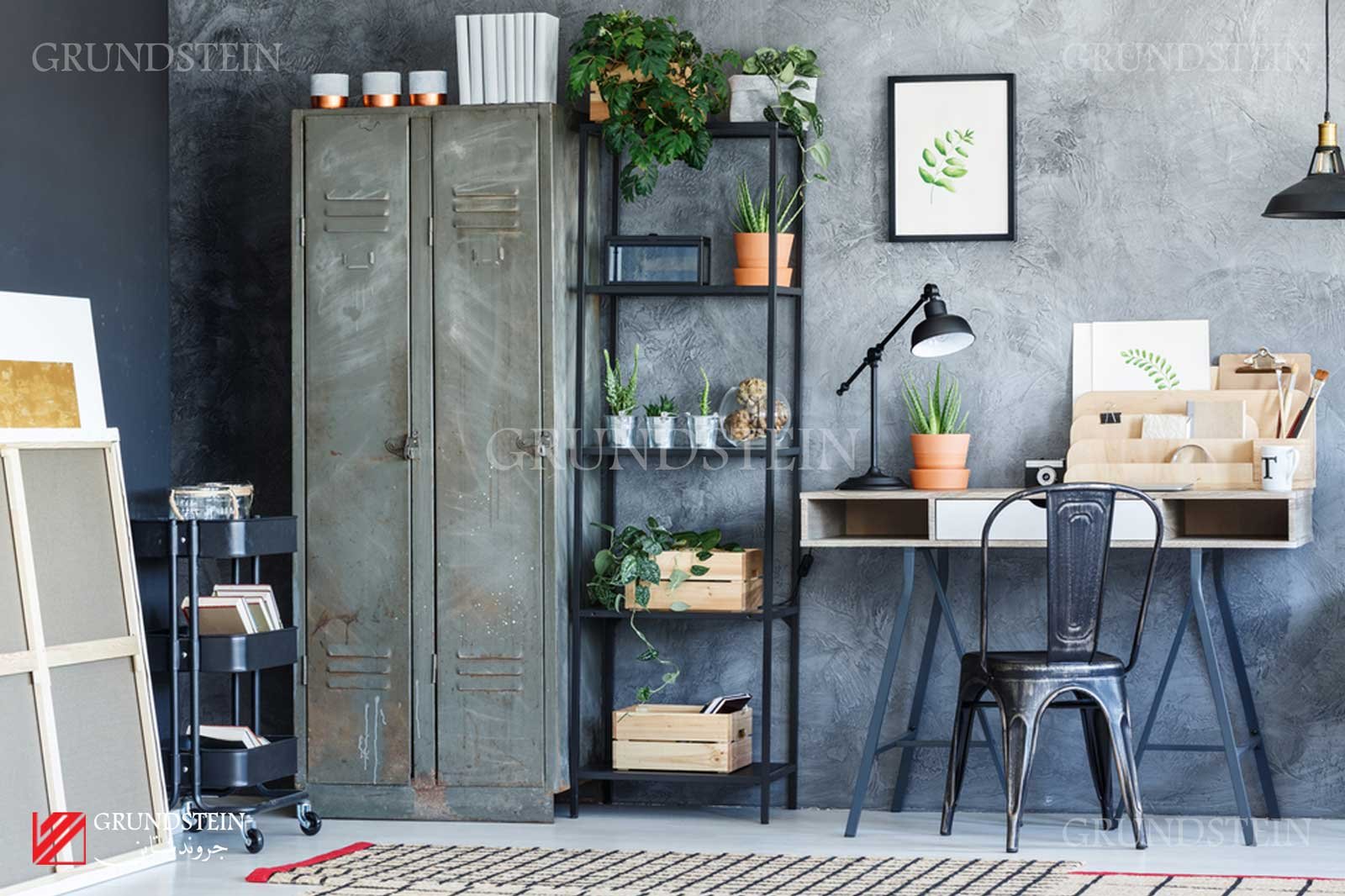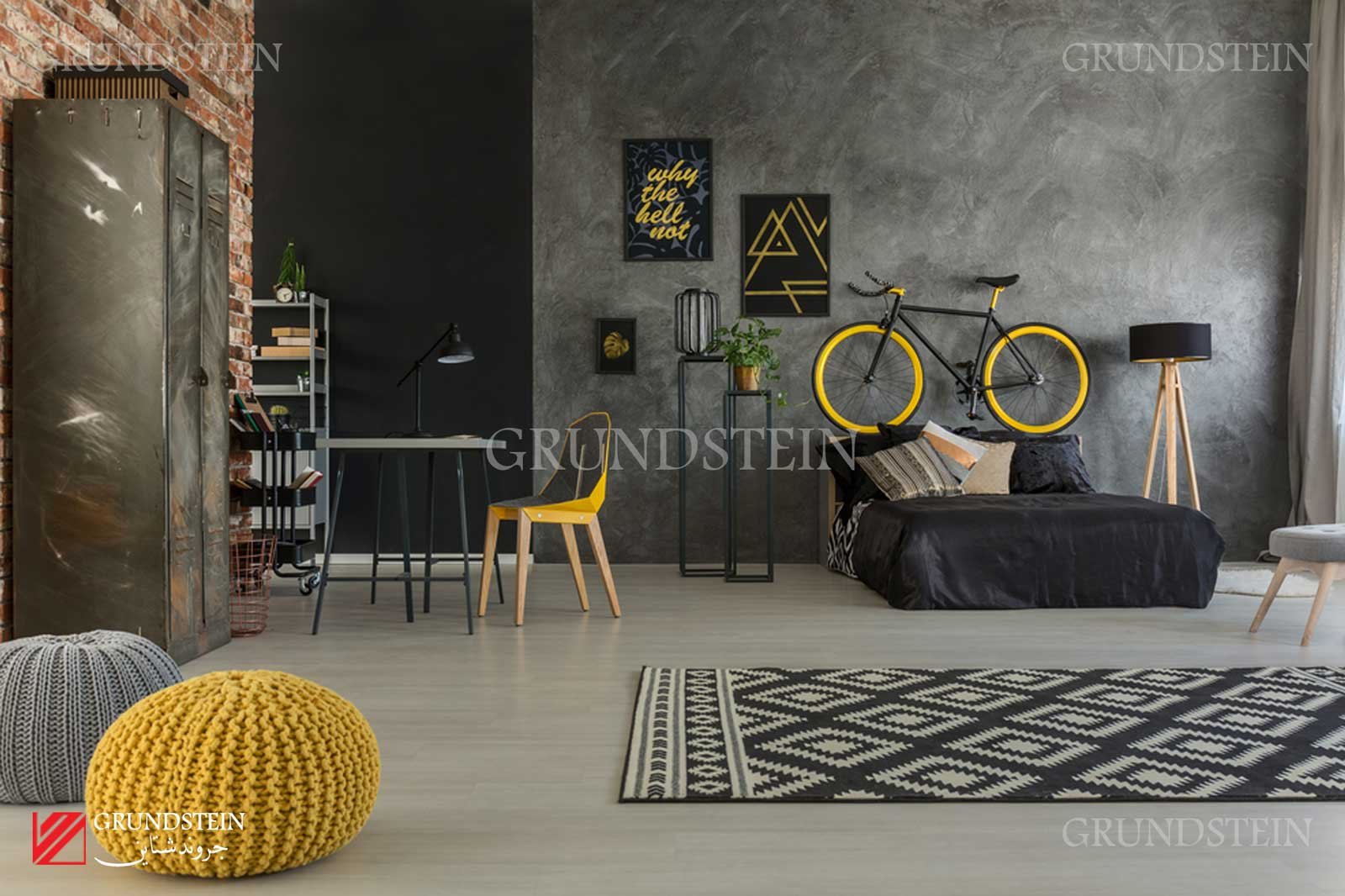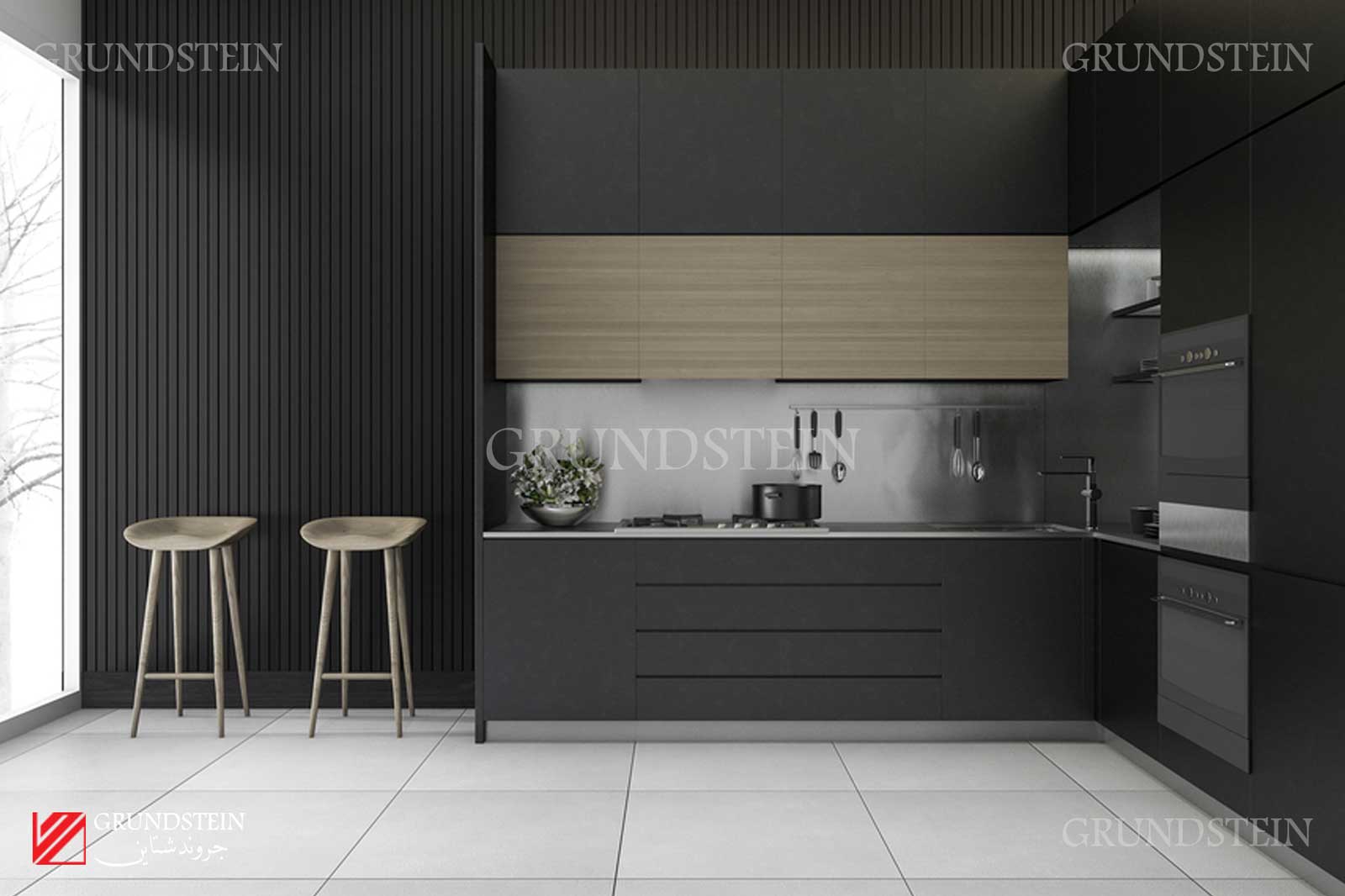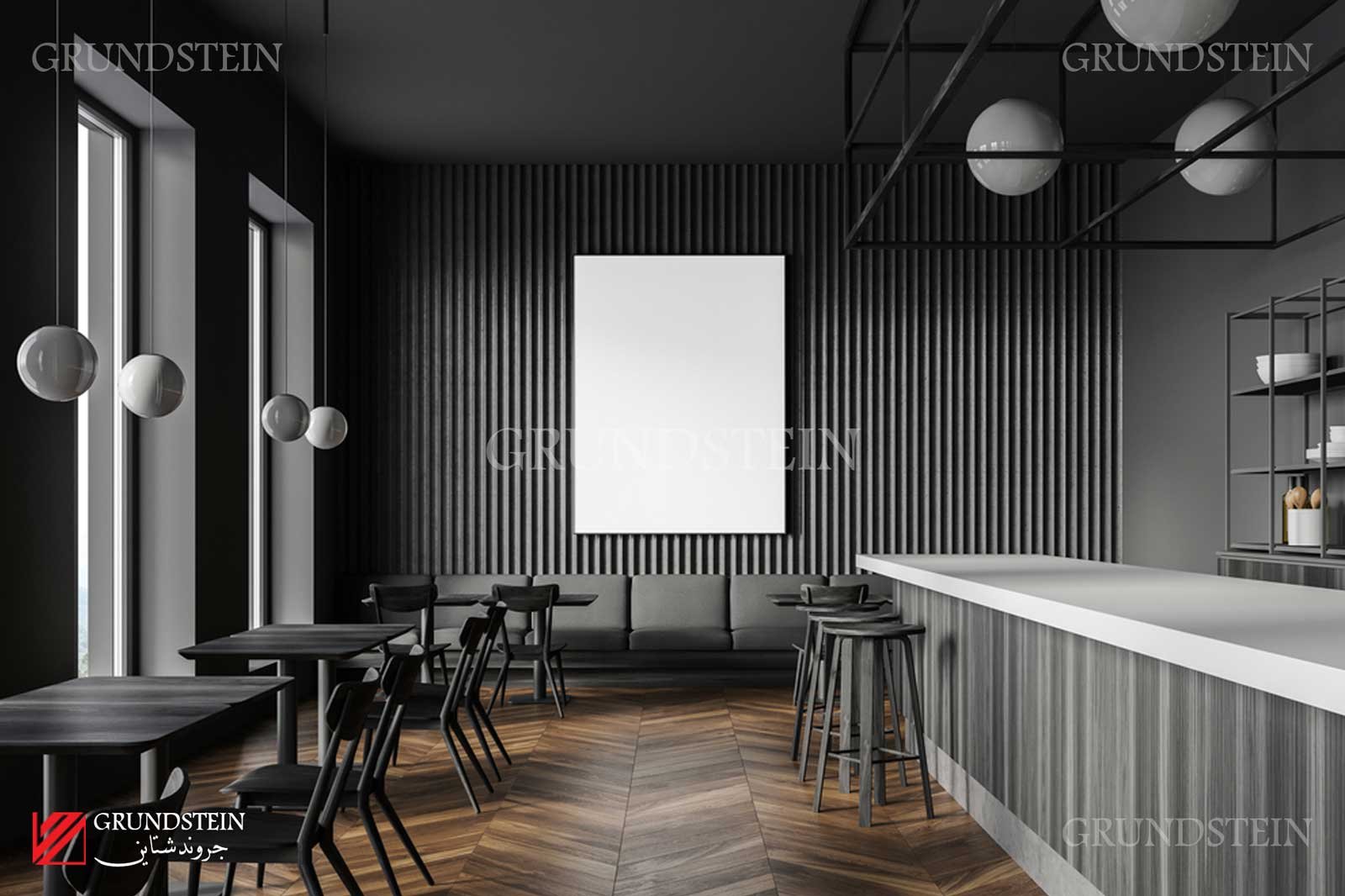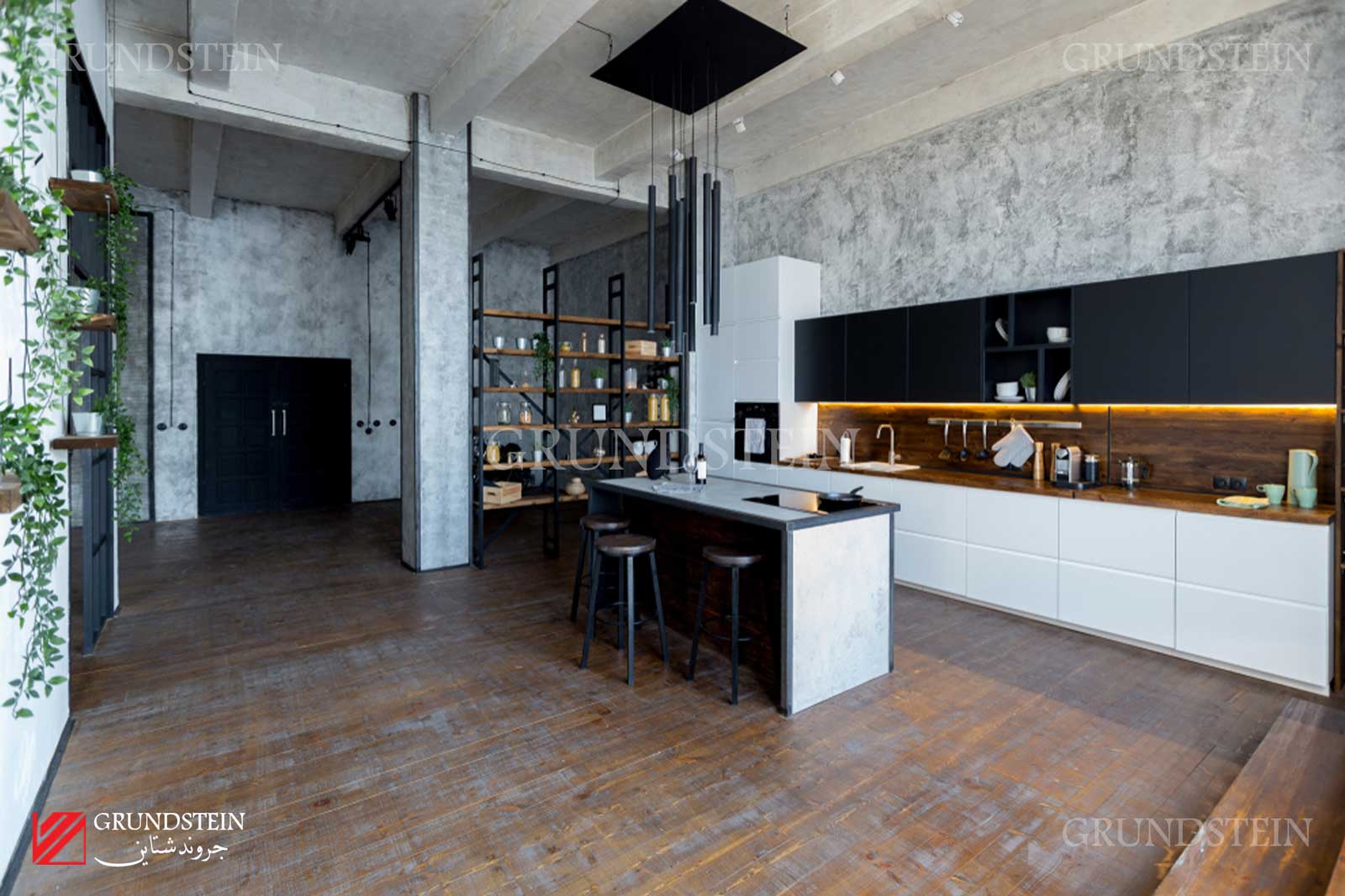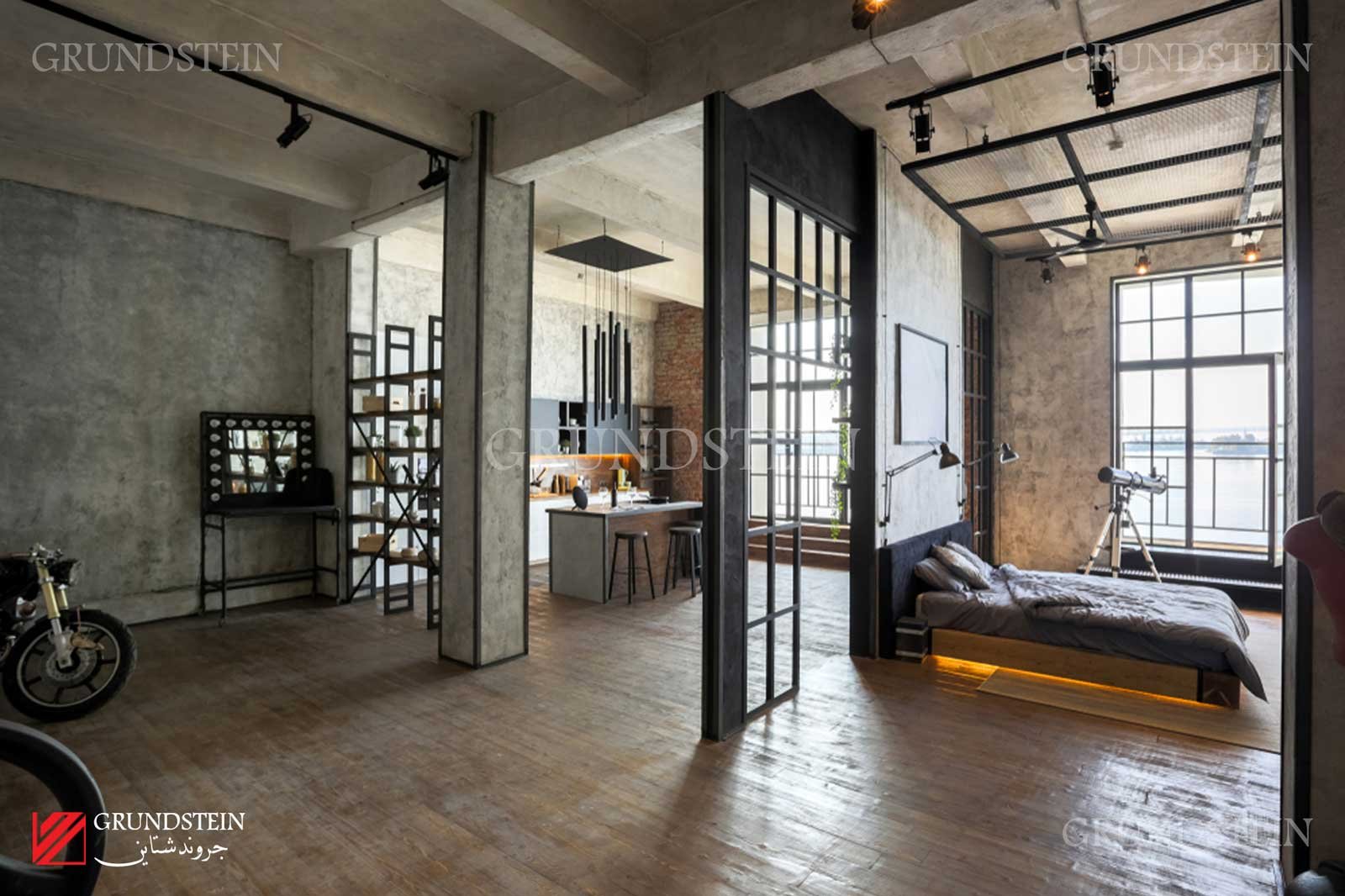Industrial style interior design :
We at Grundstein Company are always interested in modernity, development and the use of the latest methods and ways to show the various types of arts in interior design, and one of these ways is this style, where we present below a summary of an interior design for industrial style.
The industrial style is characterized by its use of materials, raw materials and parts that give an industrial character, such as concrete, steel and metals in general, and is characterized by the ability to create a wider area in an amazing way, and therefore is frequently used for smart planning of open spaces and dividing them into many rooms, such as hotels and small apartments, and in skyscrapers and multiple residential areas Use in industrial areas.
The emergence of industrial style :
The industrial style appeared in New York City during the 1970s in loft apartments and its idea was to transform old and abandoned warehouses and factories into living spaces, as it provided traditional housing in Manhattan, for those who wanted large, open spaces at affordable prices, and this style was followed by many artists, musicians, writers, and designers, and incorporated them into their homes.
Industrial style colors :
Warm and neutral colors are preferred for industrial designed spaces, which are usually large and open. Where warm colors help bring visual warmth to an area that might be overshadowed by cooler metal tubes and ducts. Gray shades have a great and beautiful effect on this style.
Industrial style materials and raw materials
The interplay of earthy, smooth-looking wood, shiny metal extensions, as well as exposed brick and concrete, steel and chrome often used in the design of the lamps.
Industrial style lighting :
Use pendant lights for focused lighting, and track lights are a good choice for ambient lighting. In addition to many other options for lighting.
Industrial Style Furniture :
Industrial furniture is minimal and meaningless, with clean lines that are strong and very sharp, combining new pieces with reclaimed ones, where old pieces of furniture can be used for other uses, such as using old cabinets for storage and stairs as shelves and others. Metal and wood are often used in its manufacture, and the chairs are backless.
Walls and floors in the industrial style interior design process :
To give an industrial impression, the walls are made of bricks or concrete without cladding, and the floors are very simple, either polished concrete, wood or stones. If the walls are painted, the bricks will be visible, as well as the conveying pipes and channels are not covered, but are employed in the interior space.
Interior spaces when designing an industrial style interior :
The interior spaces are open to each other, to give a feeling of spaciousness and freedom of movement, where the kitchen, hall and dining room are in one open space.
Industrial style in the present era :
Many expected this style to recede after a period of time, but on the contrary, it has become a major trend in interior designs, and we find it needed in many homes, five-star restaurants and cafes, in addition to offices. It is a style characterized by boldness and courage, due to its sharp lines and rough surfaces. exposed.
How do I design a part of my house or my restaurant in this style?
- Seek inspiration by looking at old buildings, warehouses and factories that have been renovated and used as homes or restaurants and cafes.
- Using and renovating old furniture, made of wood and metal.
- Using unconventional methods of storage, such as old boxes and pipes
- The use of focused lighting, which is made of metal materials.
- Show style in accessories and details, using industrial and mechanical accessories.
- Leaving the bricks visible in the walls, adding some bold graphics and murals, or even an abstract painting can turn a boring, monotonous wall into a great work of art.
- Leave mechanical details, transmissions and electrical wires visible.
- Other raw materials can be used with solid minerals, to reduce the feeling of cold in the vacuum.
- Focusing lighting on tables and chairs in restaurants and cafes, to draw attention to them and give a touch of space.
- The use of chairs made of wood and metal, without arms or upholstery in restaurants and cafes, as well as wooden or stainless steel tables, to give an industrial feel


